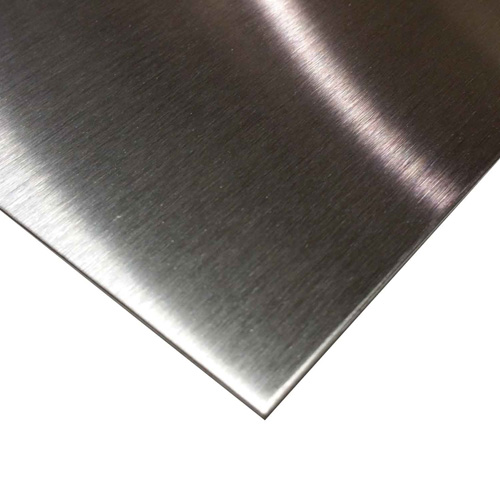Materials
ADetail
| Code: | SUS304 |
| Temp(℃): | -270~500 |
| Image |  |
System description: 304 stainless steel is the most widely used chromium-nickel stainless steel. As a widely used steel, it has good corrosion resistance, heat resistance, low temperature strength and mechanical properties; it has good hot workability such as stamping and bending. , no heat treatment hardening phenomenon (use temperature -196℃~800℃). It is resistant to corrosion in the atmosphere. If it is an industrial atmosphere or a heavily polluted area, it needs to be cleaned in time to avoid corrosion. Suitable for food processing, storage and transportation. Has good processing performance and weldability. Plate heat exchangers, corrugated tubes, household products (Class 1 and 2 tableware, cabinets, indoor pipelines, water heaters, boilers, bathtubs), auto parts (windshield wipers, mufflers, molded products), medical equipment, building materials, chemistry, food industry , agriculture, ship parts, etc. The 304 stainless steel whose content is strictly controlled can also be called food-grade 304 stainless steel.
Most usage requirements are to maintain the original appearance of the building for a long time. When determining the type of stainless steel to choose, the main considerations are the required aesthetic standards, the corrosive nature of the local atmosphere, and the cleaning regime to be adopted. Increasingly, however, other applications are simply seeking structural integrity or impermeability. For example, roofs and side walls of industrial buildings. In these applications, the cost of construction to the owner may be more important than aesthetics, and the surface may not be very clean. The effect of using 304 stainless steel in dry indoor environments is quite good. However, maintaining its appearance outdoors in the countryside and cities requires frequent cleaning. In heavily polluted industrial areas and coastal areas, the surface will be very dirty and even rusty.
But to achieve aesthetic results in outdoor environments, nickel-containing stainless steel is required. Therefore, 304 stainless steel is widely used in curtain walls, side walls, roofs and other construction purposes. However, in severely corrosive industries or marine atmospheres, it is best to use 316 stainless steel. Stainless steel sliding doors, people have fully realized the advantages of using stainless steel in structural applications. There are several design guidelines that include 304 and 316 stainless steel. Because "duplex" stainless steel 2205 has integrated good atmospheric corrosion resistance with high tensile strength and elastic limit strength, this steel is also included in the European standards. Product shape In fact, stainless steel is manufactured in full standard metal shapes and sizes, and there are many special shapes. The most commonly used products are made of thin plates and strips, but medium and thick plates are also used to produce special products, such as the production of hot-rolled structural steel and extruded structural steel. There are also round, oval, square, rectangular and hexagonal welded pipes or seamless steel pipes and other forms of products, including profiles, bars, wires and castings.